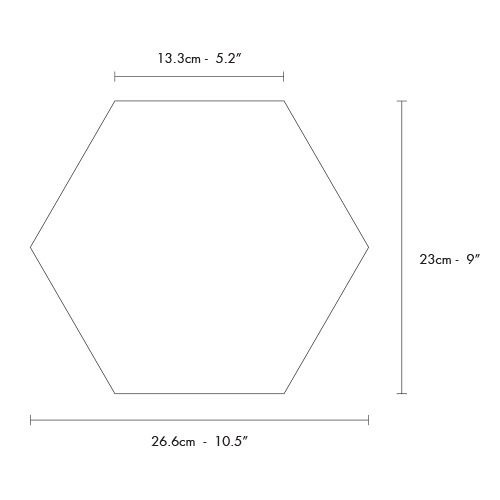


How to find the area of a regular and irregular hexagon? The difference of the latter is that some of its vertices may lie on different sides of a straight line drawn through an arbitrary side of the polygon. What kinds of them exist? A polygon with more than four corners can be convex or concave. They can only be drawn in polygons that have more than three vertices. Otherwise, they can be connected by a segment, which must be called a diagonal. To understand which vertices are adjacent, you need to see if they belong to the same side.

Non-adjacent ones have no common points, that is, they do not intersect.Adjacent sides do not belong to the same line.Such a figure will certainly be characterized by two positions: The area formula is valid for any non-intersecting (simple) polygon, which may be convex or concave. Therefore, the formula is called the surveyor's formula, since the "cartographer" is at the origin if it walks the area counterclockwise, the area is added if it's on the left and subtracted if it's on the right in terms of the origin. The difference between the sum of these areas is the area of the polygon itself. When walking around a polygon, triangles are formed, including the inside of the polygon and located outside it. The formula for determining the area is determined by taking each edge of the polygon AB, and calculating the area of the triangle ABO with a vertex at the origin O, through the coordinates of the vertices. A quadrilateral is called convex if the segment connecting any two points of this quadrilateral will be inside it. Area of a quadrilateral A quadrilateral is a geometric figure consisting of four points (vertices), no three of which lie on the same straight line, and four segments (sides) connecting these points in pairs.



 0 kommentar(er)
0 kommentar(er)
